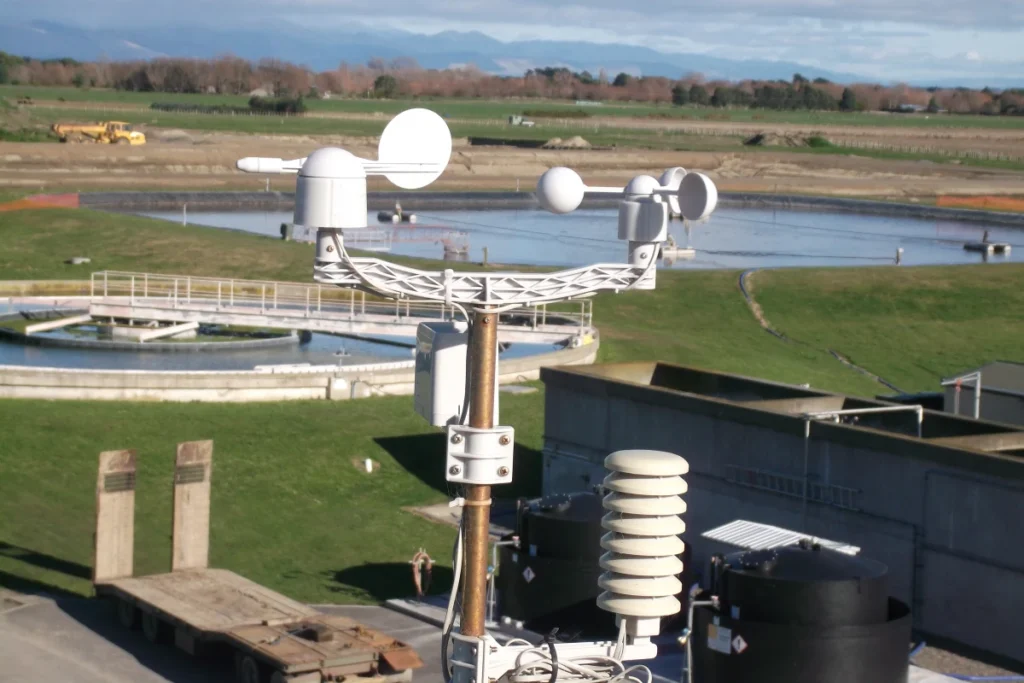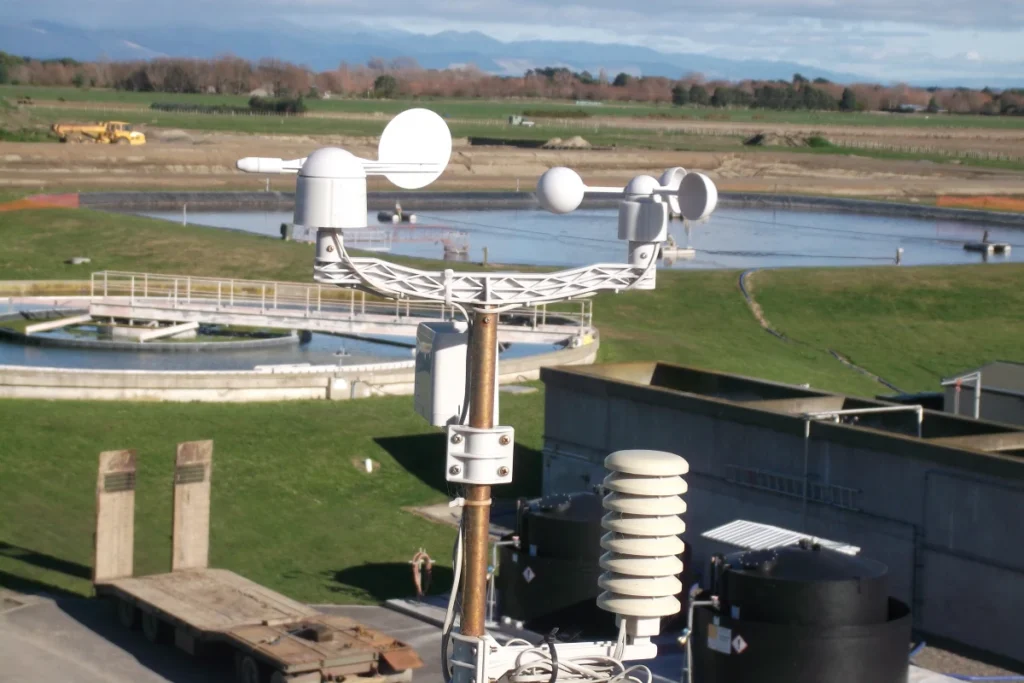
# Definition of Anemometer: Understanding Wind Speed Measurement
An anemometer is a device used to measure wind speed, a crucial tool in meteorology, environmental studies, and various industrial applications. Understanding how an anemometer works and its significance can provide valuable insights into weather patterns, energy efficiency, and safety measures.
## What is an Anemometer?
An anemometer is an instrument designed to measure the speed and sometimes the direction of wind. The term “anemometer” originates from the Greek word “anemos,” meaning wind, and “metron,” meaning measure. This device is essential for meteorologists, engineers, and researchers who need accurate wind speed data.
## Types of Anemometers
There are several types of anemometers, each with its unique mechanism for measuring wind speed:
– Cup Anemometer: This is the most common type, featuring three or four cups mounted on horizontal arms. As the wind blows, the cups rotate, and the speed of rotation is proportional to the wind speed.
– Vane Anemometer: Also known as a windmill anemometer, this type uses a propeller or a set of blades that rotate when exposed to wind. The rotation speed is measured to determine wind speed.
– Hot-Wire Anemometer: This type uses a heated wire or element. The wind cools the wire, and the rate of cooling is used to calculate wind speed.
– Ultrasonic Anemometer: This advanced type uses ultrasonic sound waves to measure wind speed and direction. It is highly accurate and often used in research and aviation.
## How Does an Anemometer Work?
The working principle of an anemometer depends on its type. For instance, in a cup anemometer, the wind causes the cups to rotate. The number of rotations per unit time is counted and converted into wind speed. Similarly, in a hot-wire anemometer, the cooling effect of the wind on a heated wire is measured to determine wind speed.
## Applications of Anemometers
Anemometers are used in various fields, including:
– Meteorology: For weather forecasting and climate studies.
– Aviation: To ensure safe takeoff and landing conditions.
– Wind Energy: To assess wind resources for wind turbine placement.
– Environmental Studies: To monitor air quality and pollution dispersion.
– Construction: To ensure safety during high-wind conditions.
## Importance of Accurate Wind Speed Measurement
Accurate wind speed measurement is vital for several reasons:
– Safety: High wind speeds can pose risks to structures, vehicles, and people. Accurate measurements help in issuing timely warnings.
– Energy Efficiency: In wind energy, precise wind speed data is crucial for optimizing turbine performance and energy output.
– Research: Accurate data is essential for scientific studies on weather patterns, climate change, and environmental impact.
## Conclusion
An anemometer is an indispensable tool for measuring wind speed, with applications ranging from meteorology to wind energy. Understanding its types, working principles, and importance can help in making informed decisions in various fields. Whether you’re a meteorologist, engineer, or researcher, an anemometer provides the data you need to understand and harness the power of the wind.
Keyword: define anemometer
